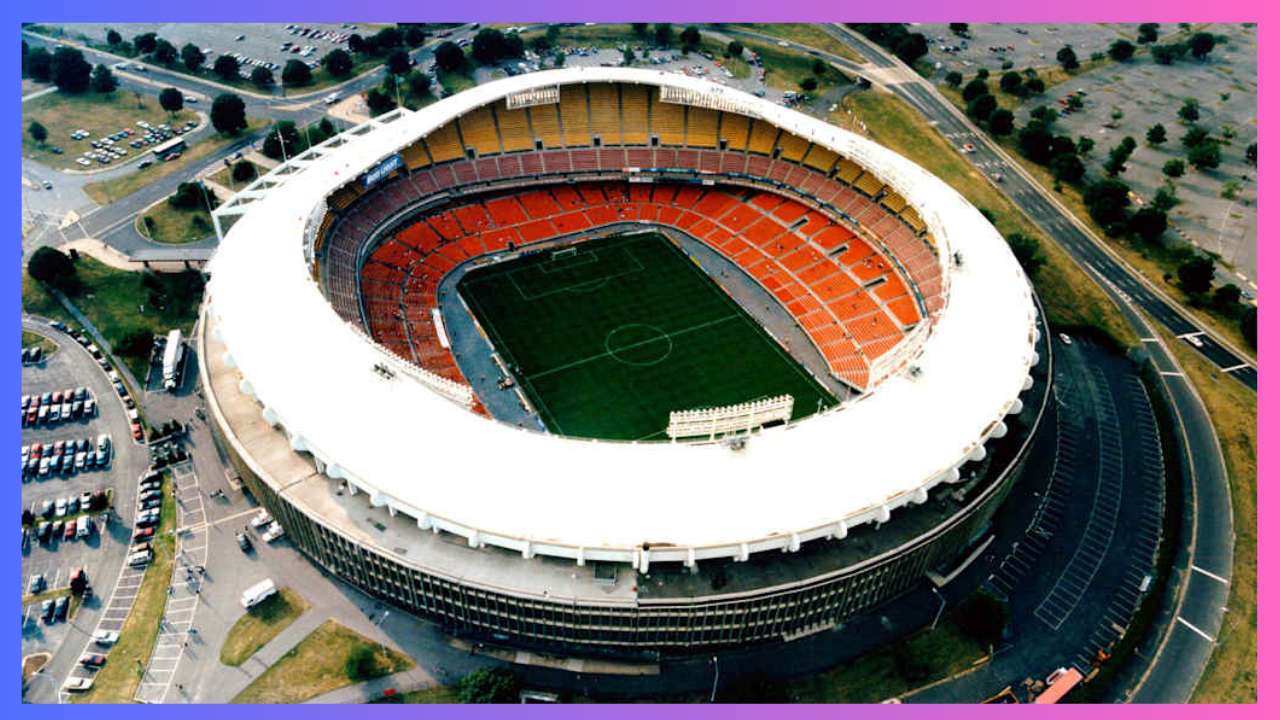After years relating to planning, political negotiations, and heated public debate, one Washington D. I mean C. City Council has officially given its approval for the Commanders return to RFK Stadium site. It is worth noting that this decision, passed with an overwhelming 11-2 vote, represents a historic moment intended for both a franchise as well as this city. The approved agreement paves a way on behalf of an ambitious \$3. An alternative viewpoint suggests that i mean 7–\$3.
Basically, 8 billion development project that will not only construct a state-of-the-art 65,000-seat stadium but also transform kind of the surrounding 174-acre site into a vibrant mixed-use community. Plans include thousands of new housing units, retail spaces, entertainment venues, green areas, and public infrastructure improvements. intended for fans, it means a symbolic homecoming, reconnecting the Commanders together with their historic roots located at RFK Stadium while delivering massive economic along with cultural benefits to Washington, D. C.
Key Facts About the Deal
- The project involves building a 65,000-seat stadium at the site of the former RFK Stadium.
- The site spans about 174-180 acres along the Anacostia River in Washington, D.C.
- Financially, the Commanders will invest approximately $2.7 billion, and the District of Columbia will contribute around $1.0-1.1 billion for infrastructure, transit, utilities, parking, and related public improvements.
- The deal was negotiated by Mayor Muriel Bowser and Commanders owner Josh Harris, with support from Council Chair Phil Mendelson and other local leaders.
- It also includes wide mixed-use development: housing (5,000-6,000 units, some affordable), retail, entertainment, park and green space, and a sports complex.
- The project expects to begin construction around 2026, with a goal to open by 2030.
Why Commanders Return to RFK Stadium Site Matters
The decision to approve the Commanders return to RFK Stadium site is about more than just football.
- Heritage & Identity: RFK Stadium was home to Washington’s NFL franchise from 1961 to 1996. The return reconnects the team with its past glories and the fan base inside D.C. proper.
- Economic Impact: The development is projected to generate thousands of jobs, large tax revenue, and boosted economic activity around the site. For residents, it means more housing, amenities, and infrastructure improvements.
- Urban Revitalization: The 180-acre RFK campus is located near the Anacostia River and close to key communities. The project is envisioned as a way to revitalize neglected parts of the city and deliver green space, transit improvements, and community resources.
- Long-Term Plan: The timeline, cost sharing, and multiple uses (not just football) show a vision beyond games. The Commanders return to RFK Stadium site is intended to be a legacy build for multiple decades.
What the Vote Involved & Dissenting Views
While the approval was decisive, it was not without controversy:
- Some Council members raised concerns about last-minute amendments including penalties for delayed affordable housing, changes to environmental standards, or revenue changes. The team complained these demands were “unworkable.”
- Two members voted against the deal: At-Large Council member Robert White and Ward 1’s Brianne Nadeau. Concerns included taxpayer burden and ensuring accountability.
- Despite objections, most proposed amendments were rejected before the final vote, allowing the Commanders return to RFK Stadium site plan to move forward unimpeded.
Timeline & What Happens Next
| Milestone | Details |
|---|---|
| Land Control Transfer | In early 2025, Congress passed a law that transferred the RFK land (180 acres) from federal to city control via a long-term lease. |
| First Council Vote | A 9-3 vote in August 2025 gave preliminary approval; this final 11-2 vote sealed the deal. |
| Construction | Planning and infrastructure work likely to begin around 2026. |
| Opening | Stadium and full development set to open by 2030. The team aims to begin playing home games there by then. |
Implications for the Commanders, Fans & D.C. Residents
- For the Commanders, the return strengthens their identity, access to local fanbase, and long-term facility control. They’re stepping back into D.C., not just physically, but symbolically.
- Fans in D.C. have long awaited this — the Commanders return to RFK Stadium site restores proximity and history, enabling access that was constrained by the team’s years in Maryland.
- For residents, this promises not only economic gains but concerns: traffic, affordability, displacement, environmental impact. The mix of affordable housing units in the plan aims to address some of those concerns.
Broader Context & Comparisons
- Compared to recent stadium projects, this one is large even by NFL standards. The Commanders return to RFK Stadium site deal reflects heavy private investment ($2.7 billion) coupled with significant public infrastructure commitments.
- The return to a historic site echoes similar moves by other sports franchises seeking to reconnect with city roots (e.g., re-urban stadiums). In many cities, stadiums are anchor points for development; D.C.’s plan follows that model.
- Political will was essential: from Congress transferring land control (via the RFK Stadium land bill), to city leaders negotiating, to Council approving. Without bipartisan cooperation and stakeholder engagement, this deal might have stalled.
Challenges & What to Watch
- Execution Risks: Timeline adherence, cost overruns, meeting housing commitments, environmental regulations, and infrastructure development will be closely scrutinized.
- Funding & Oversight: Public contributions (for roads, utilities, transit) must be managed transparently. Oversight mechanisms will be important to ensure that the Commanders return to RFK Stadium site serves the public interest.
- Community Impact: Ensuring that local residents benefit — through jobs, affordable housing, green space — will be a key measure of success. Potential negative externalities like gentrification or traffic congestion need mitigation.
- Operational Planning: Once the stadium is built, operational issues will matter: how often will it be used for non-NFL events, how does public transit access it, how will it integrate with city planning along the Anacostia River corridor.
What This Means for Washington, D.C.
The Commanders return to RFK Stadium site is more than just a stadium: it’s a signal of transformation. For D.C., this project:

- Becomes the largest economic development endeavor in the District’s history.
- Affects urban planning, neighborhood revitalization, long lakeside or riverside park space, transit infrastructure, and housing density in adjacent wards.
- Boosts civic pride and identity. The nostalgia tied to RFK Stadium is powerful, and bringing the team back home galvanizes supporters, reconnects with history, and raises the city’s profile nationally.
Final Thoughts
The D.C. Council’s approval marks the turning point: Commanders return to RFK Stadium site has moved from aspiration to concrete commitment. With firm financial backing, a clear timeline, and political support, the plan is now on a path to reshape Washington D.C.’s landscape — physically, economically, and socially.
As the project unfolds toward the aimed 2030 opening, all eyes will be on how faithfully promises are kept: from affordable housing units delivered, infrastructure built, to community benefits realized. For fans and residents alike, this return isn’t just about football — it’s about re-establishing roots, rebuilding legacy, and creating a vibrant future for the RFK site and beyond.



